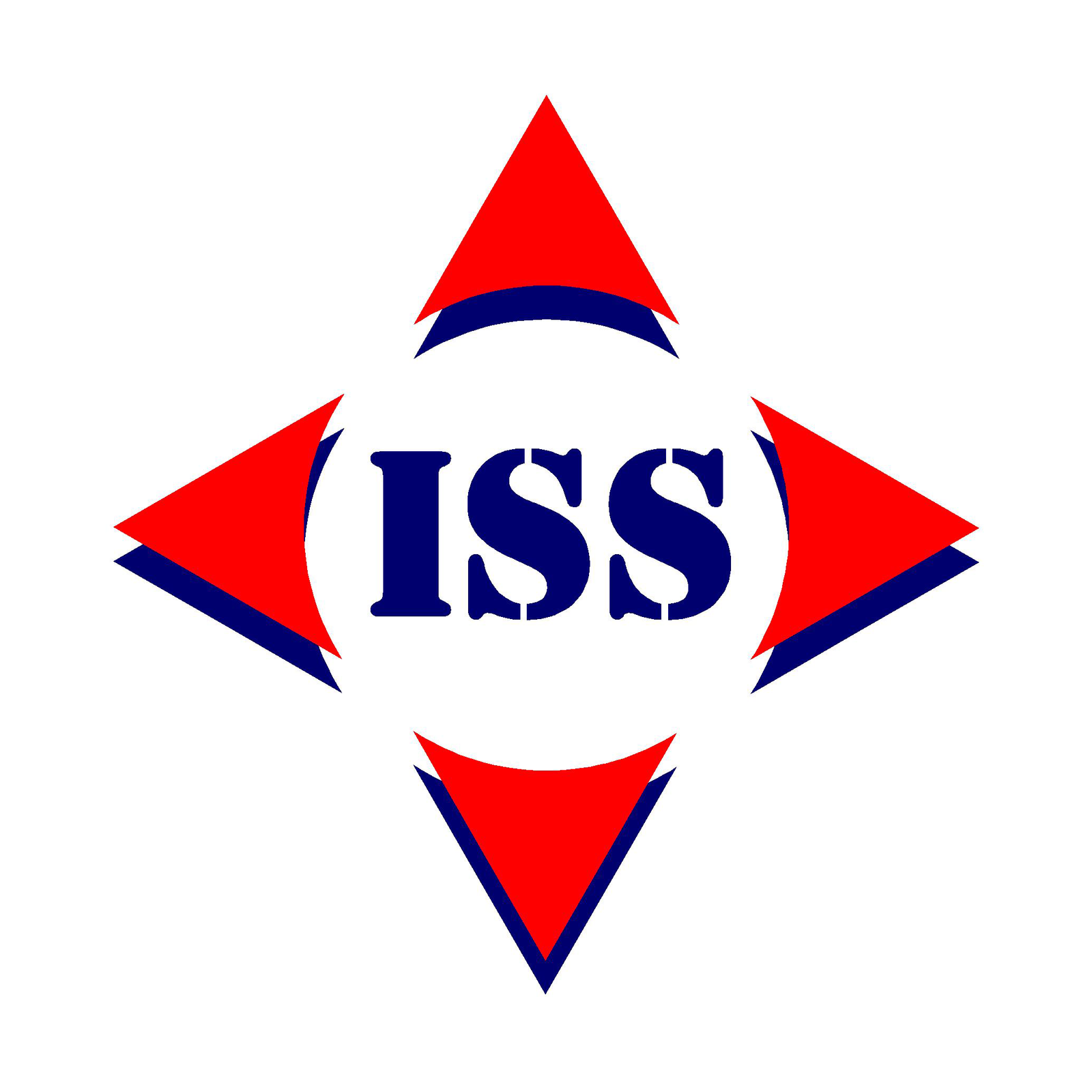
Transportation and distribution are critical components of the supply chain, ensuring the efficient movement of goods from point of origin to destination. However, these processes come with inherent challenges and risks that can impact the smooth flow of operations. In this ISS blog post, we will explore some of the key challenges and risks in transportation and distribution and discuss strategies that businesses can employ to mitigate them effectively.
Rising Transportation Costs
One of the major challenges in transportation and distribution is the continuous increase in transportation costs. Fluctuating fuel prices, tolls, regulatory compliance, and maintenance expenses contribute to the rising costs. To mitigate this challenge, businesses can implement the following strategies:
- Optimise transportation routes: Analyse and optimise transportation routes to minimise distance travelled, reduce fuel consumption, and optimise overall efficiency.
- Consolidate shipments: Maximise shipment volumes to take advantage of economies of scale and reduce transportation costs per unit.
- Collaborate with logistics partners: Build strategic partnerships with reliable logistics providers to negotiate better rates and share transportation costs.
- Implement transportation management systems: Utilise technology solutions to optimise routes, track shipments, and identify cost-saving opportunities.
Capacity Constraints
Limited transportation capacity can pose challenges in meeting customer demands, especially during peak seasons or unexpected surges. To mitigate this risk, businesses can employ the following strategies:
- Maintain flexibility: Have contingency plans in place to accommodate fluctuations in demand and ensure timely deliveries. This may involve collaborating with alternative carriers or utilising additional modes of transportation.
- Enhance visibility and communication:Implement real-time tracking systems to monitor shipments' progress and proactively address any potential delays or capacity constraints.
- Optimise warehouse management: Streamline warehouse operations to minimise holding times, improve order fulfilment efficiency, and maximise available capacity.
Supply Chain Disruptions
Disruptions such as natural disasters, labour strikes, geopolitical conflicts, or global pandemics can significantly impact transportation and distribution. To mitigate the risks associated with supply chain disruptions, businesses can employ the following strategies:
- Diversify supplier and transportation networks: Relying on a single supplier or transportation route increases vulnerability. Having alternative options minimises the impact of disruptions.
- Develop contingency plans: Create robust contingency plans to respond effectively to unexpected events, including alternative routes, backup suppliers, and emergency communication protocols.
- Enhance visibility and agility: Implement supply chain visibility solutions to monitor and track inventory levels, enabling proactive management in the event of disruptions.
- Build strong relationships with partners: Foster strong relationships with suppliers, carriers, and other key partners to facilitate collaborative problem- solving and enable quick response during disruptions.
Regulatory Compliance and Security
The transportation and distribution industry is subject to various regulations and security concerns. To mitigate these risks, businesses can employ the following strategies:
- Stay updated on regulations: Regularly monitor changes in transportation regulations and compliance requirements to ensure adherence and avoid penalties or disruptions.
- Implement strict security protocols: Enhance security measures for cargo handling, including screening procedures, surveillance systems, and secure storage facilities.
- Invest in technology:Leverage advanced technologies such as RFID, GPS tracking, and tamper-evident packaging to enhance security, traceability, and compliance.
- Collaborate with regulatory agencies: Establish open lines of communication with regulatory authorities to stay informed, address compliance concerns promptly, and participate in industry discussions and initiatives.
Transportation and distribution present various challenges and risks that can impact the efficiency and effectiveness of business operations. By addressing rising transportation costs, managing capacity constraints, preparing for supply chain disruptions, ensuring regulatory compliance and security, businesses can mitigate these risks and optimise their transportation and distribution processes. By continuously evaluating and adapting to the evolving landscape of transportation and distribution, businesses can position themselves for success in the dynamic world of logistics.
Alternatively, a great way of navigating transportation and distribution challenges and mitigating risks is to use ISS Shipping. At ISS, we have an abundance of experience navigating businesses through all types of transportation and distribution disruptions and helping them to avoid risks and delays.
For more information on what we can do for you, get in touch with the ISS team today!




